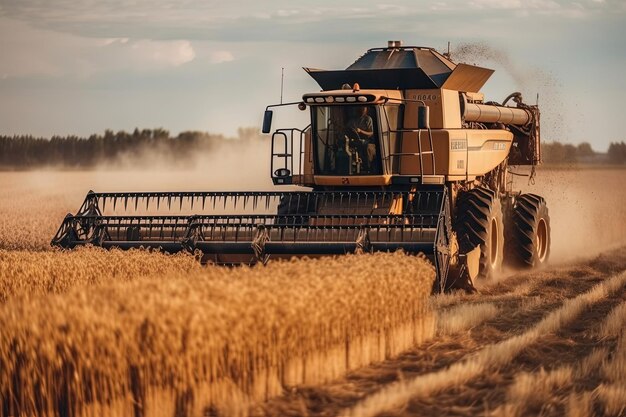From Lab Insights to Crop Yields – Farming Software Excellence
In the ever-evolving landscape of agriculture, the fusion of cutting-edge technology and traditional farming practices has paved the way for a revolution in crop management. From the fertile grounds of lab insights to the bountiful harvests in the fields, farming software excellence has become the linchpin of modern agriculture. At the heart of this transformation lies a paradigm shift towards precision farming, driven by a diverse array of software solutions designed to optimize every facet of the agricultural process. One of the key advancements contributing to this revolution is the integration of data-driven insights from laboratories into farm management systems. Soil analysis, for instance, has transcended its conventional role, moving from a mere diagnostic tool to an integral part of decision-making. Cutting-edge laboratory techniques, including DNA sequencing and advanced chemical analysis, provide farmers with a granular understanding of their soil composition. This data is then seamlessly integrated into farming software platforms, enabling farmers to make informed decisions about crop selection, irrigation and fertilization.

The journey from lab insights to crop yields is facilitated by sophisticated farm management software that acts as a digital nerve center for the entire agricultural operation. These platforms leverage data from diverse sources, including weather patterns, historical yield data and real-time satellite imagery. By amalgamating this information, farmers can fine-tune their practices with unprecedented precision. For instance, predictive modeling based on historical weather patterns allows farmers to anticipate potential challenges and adjust planting schedules accordingly. This proactive approach minimizes risks and maximizes the potential for optimal yields. The excellence in farming software is not limited to data analytics; it extends to the realm of automation and connectivity. Smart farming technologies, such as automated tractors, drones and sensor networks, are seamlessly integrated into these software ecosystems. These technologies work in tandem, ensuring that the entire farming process is not only data-driven but also automated for efficiency. Drones equipped with advanced imaging sensors can monitor crop health, detect diseases and assess the effectiveness of pest control measures. Automated tractors, guided by GPS and machine learning algorithms, optimize planting patterns and reduce resource wastage.
Moreover, the connectivity offered by these software solutions fosters collaboration and knowledge-sharing among farmers. Through cloud-based platforms, farmers can access a global network of agricultural expertise, sharing insights and best practices. This interconnectedness transcends geographical boundaries, at lab creating a community where farmers learn from each other’s experiences and collectively drive the evolution of farming practices. In conclusion, the journey from lab insights to crop yields epitomizes the synergy between scientific innovation and practical application in modern agriculture. Farming software excellence serves as the catalyst for this transformation, empowering farmers with data-driven insights, automation and a collaborative platform that transcends traditional boundaries. As we navigate the complexities of a growing global population and environmental challenges, the role of farming software in shaping the future of agriculture cannot be overstated.